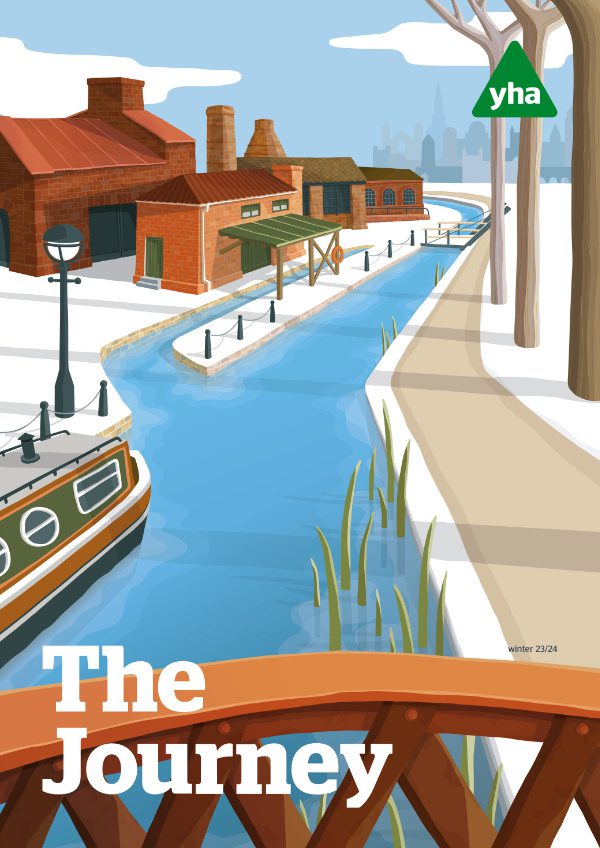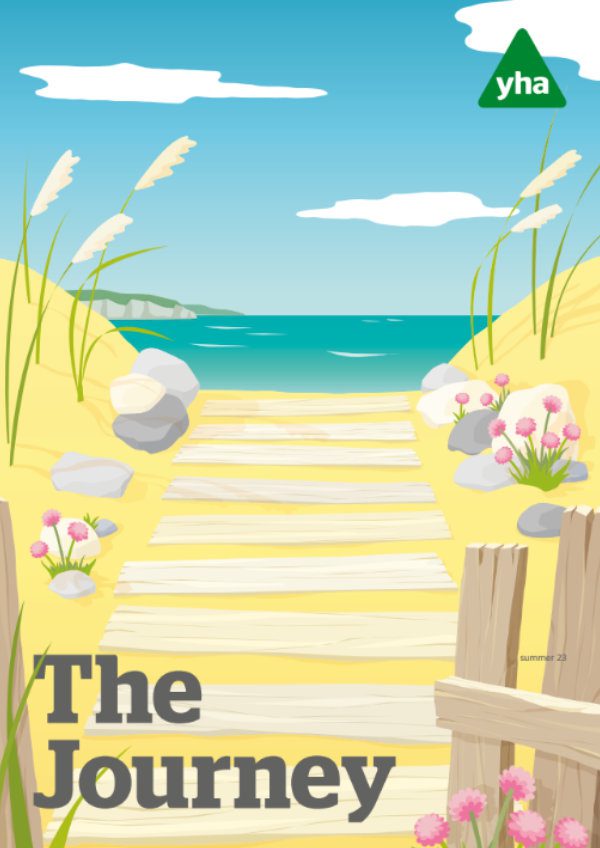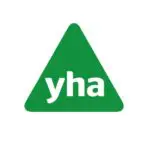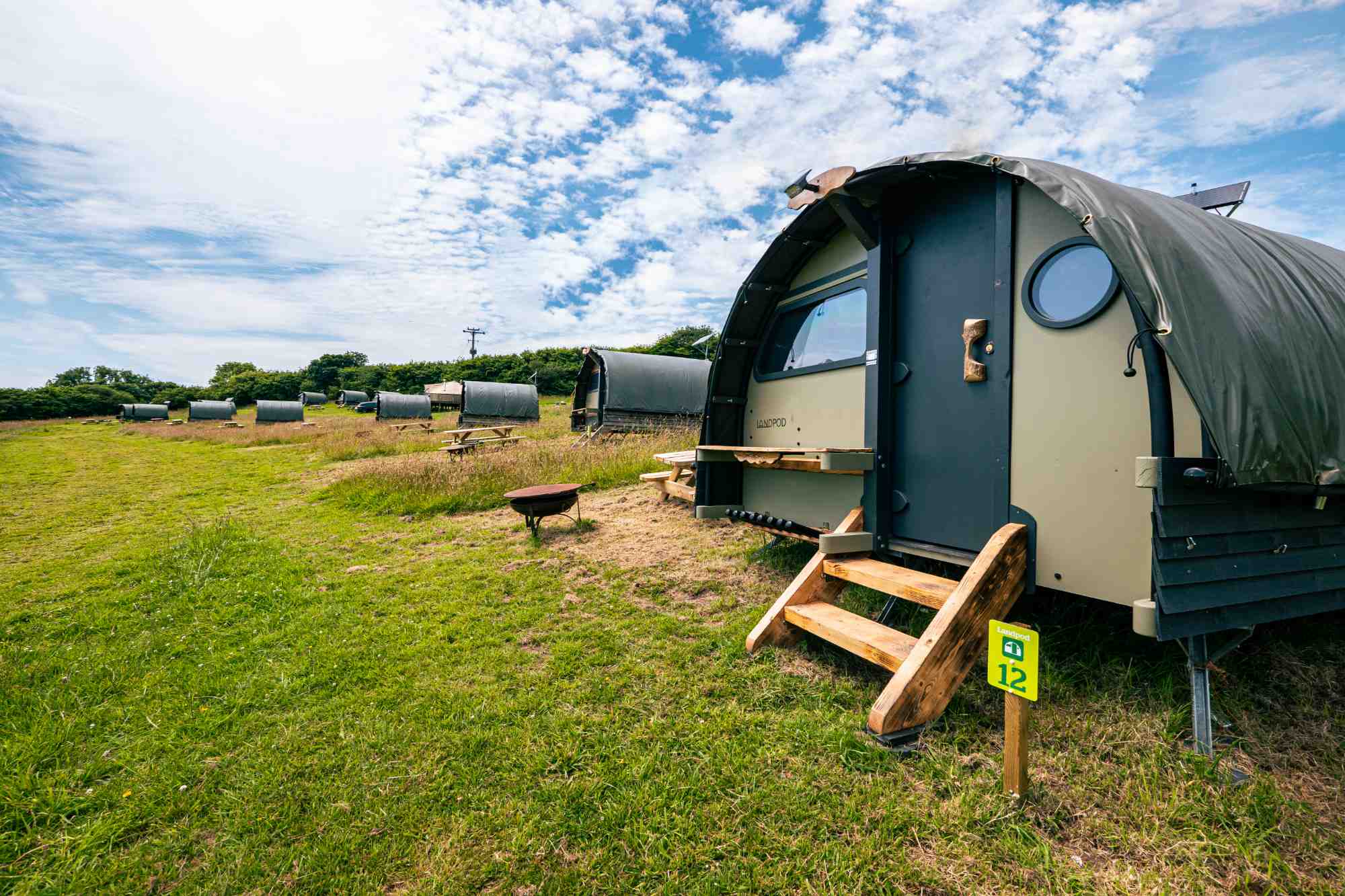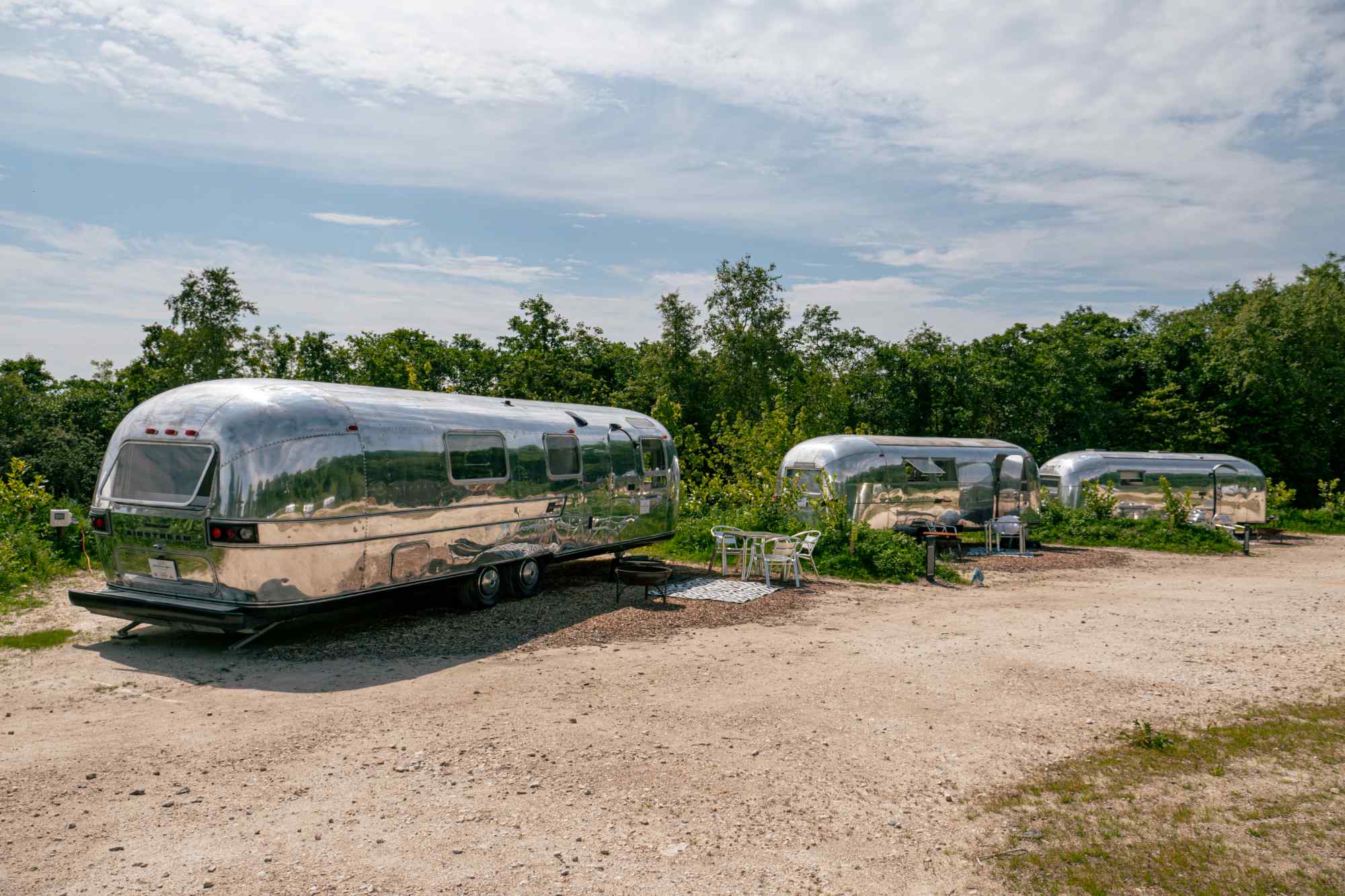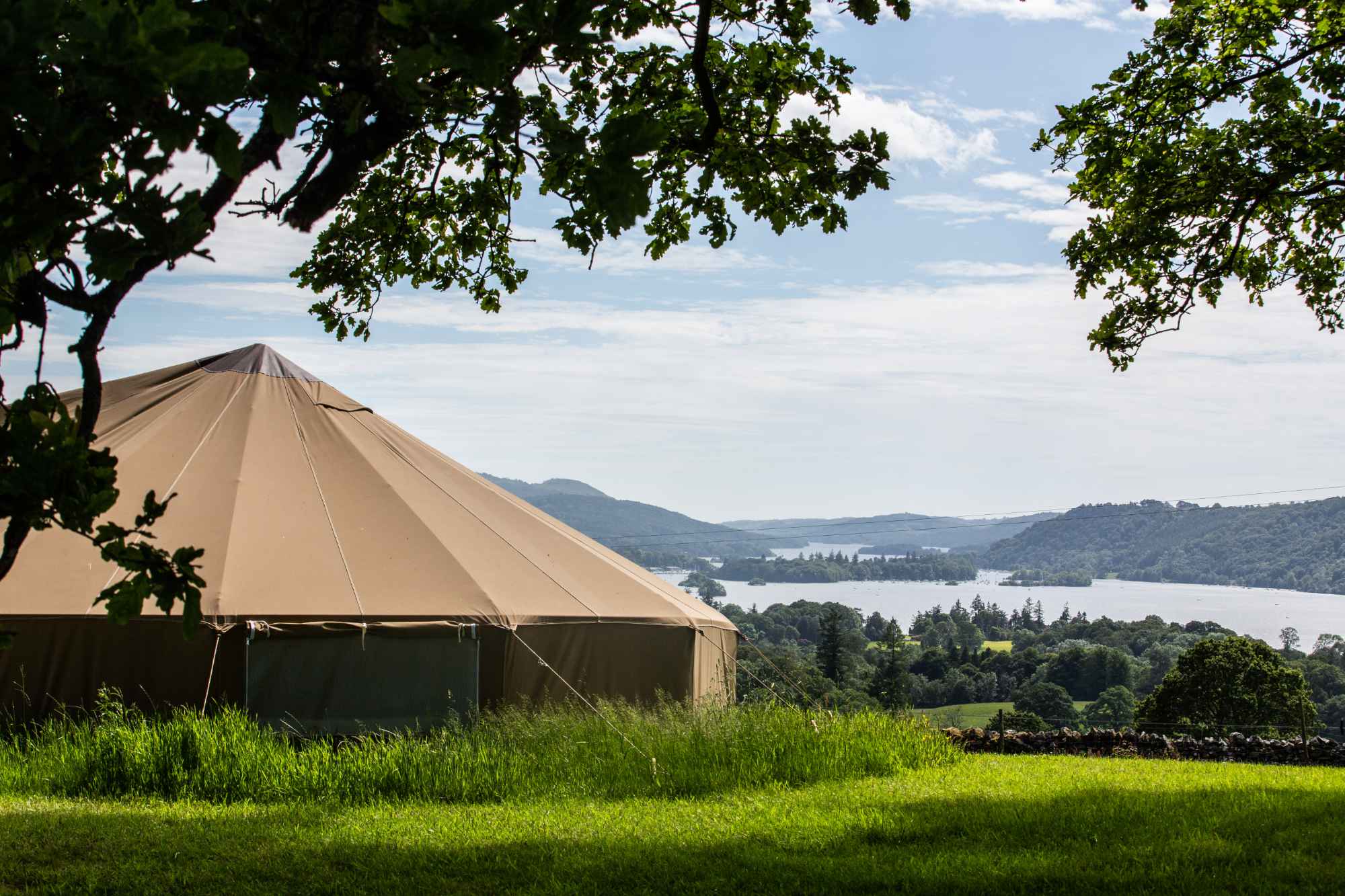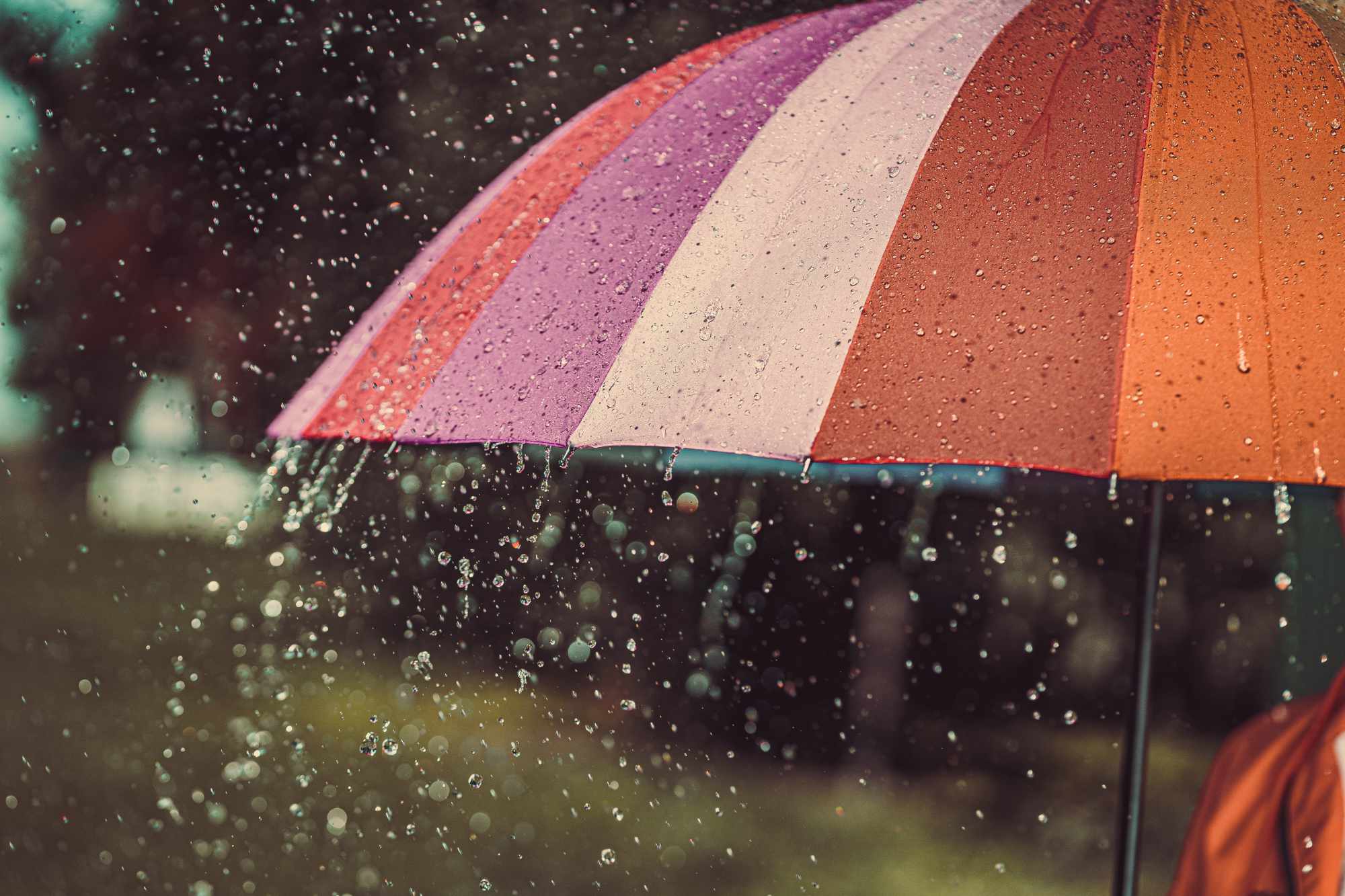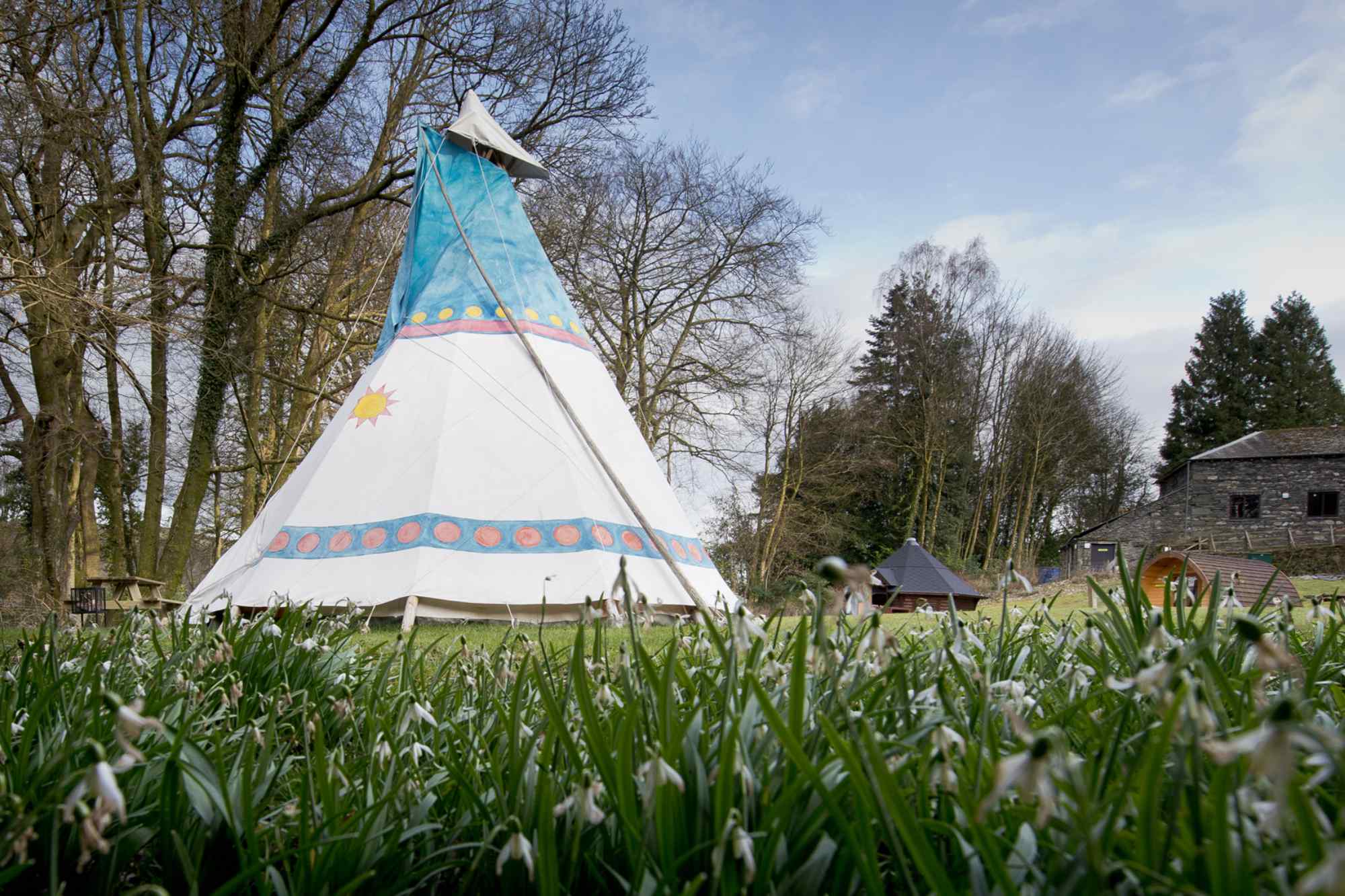Paddleboarding is the perfect summer activity: fun, healthy and relaxing. But like any watersport, it’s not without its risks. Here, RNLI experts offer tips on how to paddleboard and stay safe.
The sound of the summer on British beaches? The sharp release of compressed air from a paddleboard. Paddleboards are seemingly now more commonplace on the summer seaside than inflatable unicorns and melting salted caramel ice creams.
Stand-up paddleboarding (SUP) is now one of the fastest-growing watersports. And once you’ve tried it, it’s easy to understand why. It’s fun, for starters — kids love paddling out and jumping into the shallows, while adults tend to enjoy the more contemplative aspects of it, and the gentle pull of the paddle through the blue sea. Oh, and it helps with that core strength, of course. Do it often enough and you can improve your overall fitness, and it’s your core from where most of your paddle power will come.
But whether you’re a complete paddleboarding beginner or more experienced, it’s always useful to have a few tips and tricks to help improve your SUP experience.
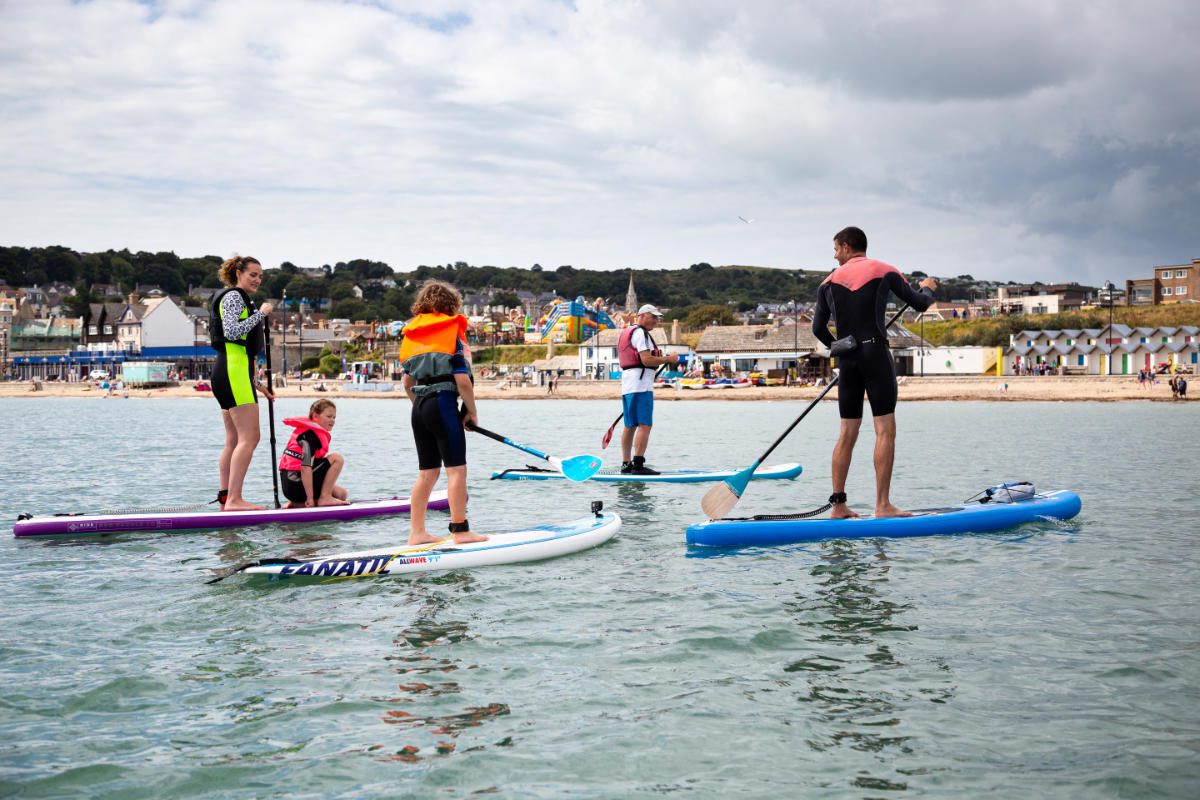
Quick tips for paddleboarding at sea
If you can, always go with a friend. It’s more fun, and they can help you if you get into difficulty.
If you are going out alone, always tell someone where you’re going and when you’ll be back. Don’t leave the house without a mobile phone or communication device.
Bringing your phone to take some photos? Make sure you keep it in a waterproof pouch. That way it won’t get wet, and you can use it to call for help in an emergency too.
Check the weather forecast and tide times before you set out. If the water is too choppy, you might find it difficult, especially if you’re a beginner. And be aware, the conditions can change quickly.
Avoid offshore winds. They will quickly blow your paddleboard far out to sea, which can make it extremely tiring and difficult to paddle back to shore.
You should wear a suitable personal floatation device. This can be a buoyancy aid or a lifejacket. Choose one that still allows you plenty of movement so you can paddle freely. Not only will it keep you afloat, it will also help give you time to recover should you fall in — and chances are you will!
Wear suitable clothing for the time of year. In the winter, you will want to use a wet or dry suit. In the summer, you might be able to get away with swimming trunks or a swimsuit. If you’re going to be in the water for a long time, you might want to upgrade to something that keeps you warm.
You should always use a paddleboard with an appropriate leash. There’s nothing more frustrating than having to swim after your paddleboard if you fall off. The leash will also help you stay connected to your board if you get into trouble and help you float. The British Canoeing website has some great tips to help you decide which leash is right for you.
If you’re launching from a lifeguarded beach, make sure you launch and recover between the black and white chequered flags. There should be fewer swimmers in this area, giving you more room to manoeuvre. Consider other water-users by learning the rights of way in the surf. This can save you and others getting injured.
Get the appropriate level of training. You might be tempted to just buy a board and head out. Having a few training sessions can teach you the right technique, so that it’s more stand-up and less fall-in paddleboarding!
Common paddleboarding question answered
Do I need to wear a lifejacket when paddleboarding?
Choosing the right personal floatation device (PFD) for paddleboarding can give you peace of mind and help keep you afloat when you fall in. You should choose a PFD that allows you to move your arms freely, so you can paddle as efficiently as you want. The RNLI offers advice about different types of PFD on its website.
What conditions are best for SUP?
You can’t always wait for perfect weather to head out on your SUP. You should avoid going out when there are offshore winds, as they can quickly blow you far out to sea, making for an exhausting paddle back to shore. If you are on a lifeguarded beach, keep an eye out for the orange windsock to see which way the wind is blowing.
Should I choose an inflatable or solid paddleboard?
Both types of paddle board have their merits. Inflatable boards are sturdier than you might think and can be easily deflated and stored away at the end of the day. Just be careful of punctures, and consider investing in an electric air pump to save you getting out of breath before you even begin SUPing! Solid boards are still more sturdy than an inflatable paddleboard, and you don’t have to worry about blowing them up.
One thing you should do is make sure your stand-up paddleboard has a leash, no matter if it’s an inflatable paddleboard or solid. That way you won’t lose your board and can use it to keep yourself afloat if you get into trouble. There are many sizes and shapes of paddleboard, from around 2.5m to 5.5m. It’s ideal to start with a board around 3.4m long by 75cm wide.
Plan your next watersports break with YHA.
Read next: Tried and tested – summer outdoor items reviewed.
Image credit: RNLI / Nathan Williams

